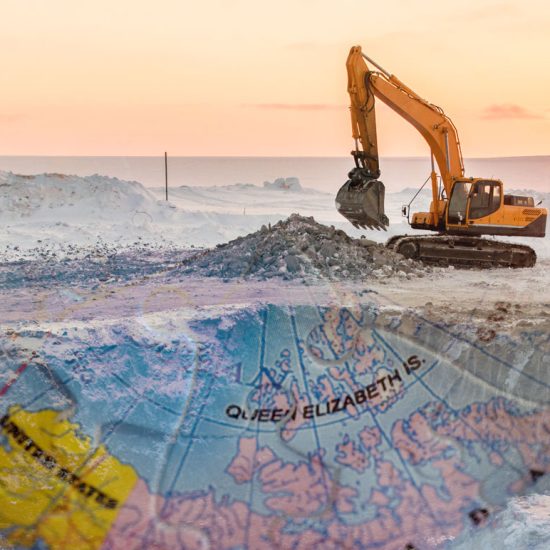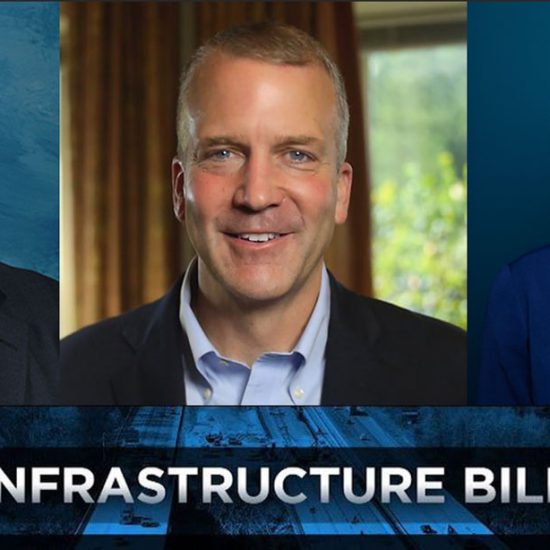Last evening, at the first session of the Walker Mallott Transition Team, what some have called the “elephant in the room” — the state’s fiscal situation — took center stage. To Governor-elect Walker’s credit the session was designed specifically to do that. As he had told KTUU’s Austin Baird earlier in the day,
We actually have a fiscal panel tonight about where we are and sort of the issue of oil and gas the price of oil and the impact on the state. We have three panelists that’ll talk to the group tonight, also an opening dinner tonight, and then with the presentation of start the transition with the here and now on the fiscal situation. That’s sort of an overriding issue out there, so we thought before the discussion we would …start out with where we are financially and the impact oil prices has on the economy.
For good or bad I led off the panel going as quickly as possible straight to the heart of the problem — the effect of the ongoing drop in oil prices on a state budget that has been allowed over the last few years to drift significantly upward in reliance on the premise of continued high oil prices.
As an oilprice.com piece correctly put it yesterday,
Alaska in particular will see a gaping hole between what it forecasted for revenue collections and what it will ultimately be able to collect. That is because it relies on oil taxes to meet 89 percent of its collections.
Even worse … Alaska’s budget assumed that oil prices would average $106.61 per barrel for the year, and $105 next year. With actual prices way off from that, Alaska may need to make some dramatic revisions to its spending plans.
As I explained in my remarks last night there is no “may” about it. The drop in oil prices have greatly accelerated what many have seen coming and suggested the state do something about for the last several years.
What could have been a soft landing if the process of addressing the state’s growing fiscal problem had been started two years ago (following the 2012 elections), is now going to require difficult adjustments, including significant budget cuts — and perhaps revenue enhancement measures — in order to bring the state’s fiscal house back into order.
The message seems to have landed with some, with related stories in both this morning’s Alaska Dispatch News (“Plunging oil prices cast shadow over weekend’s Walker-Mallott transition conference“), and on Amanda Coyne’s blog (“Tough truths spoken at Walker’s transition-conference kickoff“). A copy of the slide deck I used for my piece of the panel discussion is here.
The process continues today, both at meetings of the transition team on “fiscal policy” and in an extended presentation that Dr. Scott Goldsmith, Ira Perman from the Institute of the North, and I are making as part of Prof. Willie Hensley’s UAA class on “Alaska Policy Frontiers.” The slide deck that we are using for that presentation is at the top of this column.
The elephant in the room is finally being talked about; Alaska — and Alaskans — will benefit from that.











